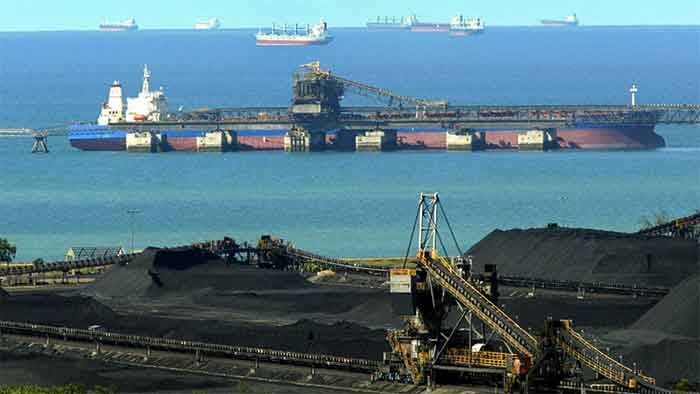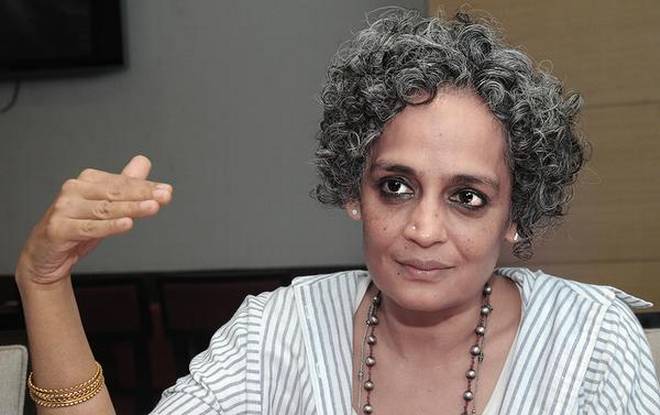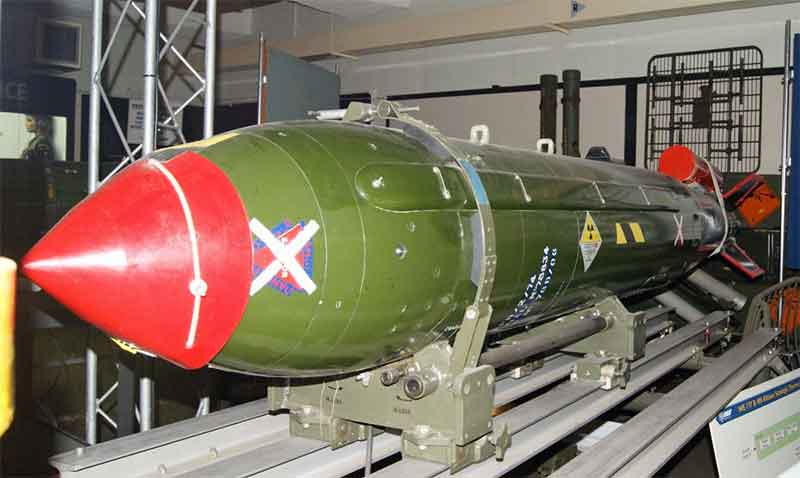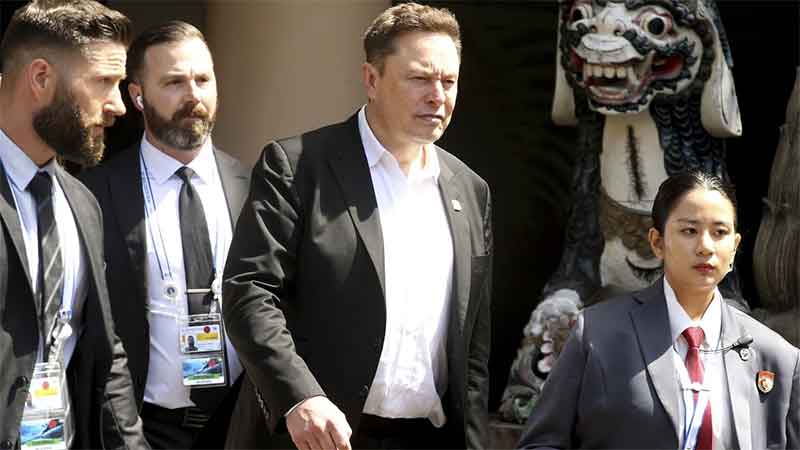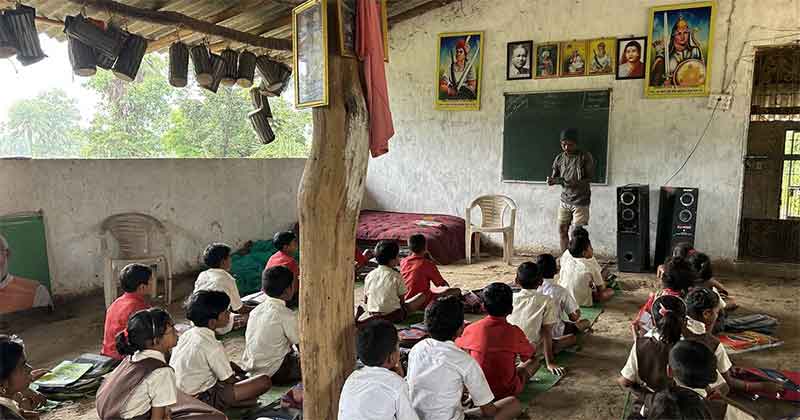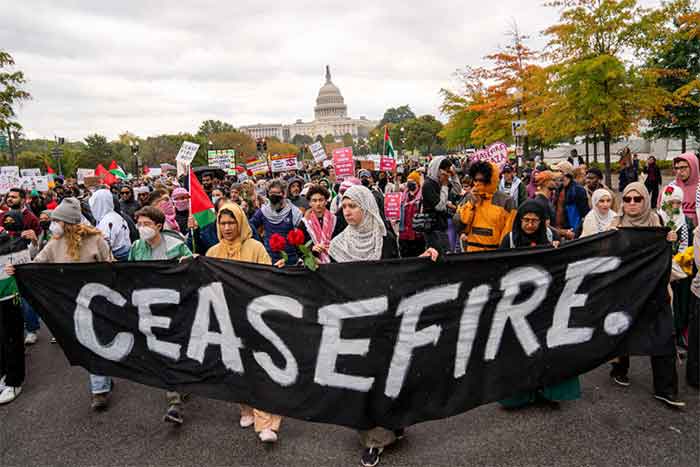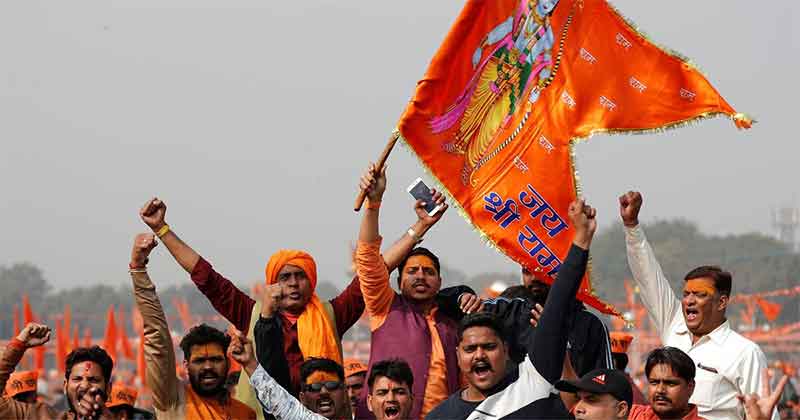
Coal is now a major subject of news on India. This is happening in the background of the on-going war in Ukraine and West’s pressure on India to join West’s sanctions on Russia.
A Reuters report from Chennai — Power-hungry India halts passenger trains to free up track to move coal — said on April 30, 2022:
India has boosted the output of coal and cancelled passenger trains to free up rail track to move it, officials said on Friday, as the government scrambles to overcome its worst power crisis in years.
753 Passenger Train Services Cancelled
The Reuters report said:
State-run Coal India, which accounts for 80% of India’s coal output, increased production by 27.2% in April, the federal coal ministry said. Federal government-run Indian Railways has cancelled 753 passenger train services, the government said.
Coal inventories are at the lowest pre-summer levels in at least nine years and electricity demand is seen rising at the fastest pace in nearly four decades.
“The government has decided to cancel passenger trains in order to prioritize the movement of coal rakes (trains) across the country to deal with an unprecedented shortage of the vital input at thermal power plants,” the government said.
It did not say how long the train service would be cancelled for or how commuters would manage without it.
Coal accounts for nearly 75% of India’s power generation and power plants account for over three-fourths of the over one billion tonnes of annual coal consumption.
The Indian Railways loaded 427 trains with coal on Thursday, the government said. That is higher than its commitment of 415 trains per day on an average, but still lower than the requirement of 453 per day.
India’s power secretary told a court-ordained meeting on Tuesday that the railways was supplying 390 trains per day on an average, 14% lower than demand and 6% lower than the railway’s own commitment.
An April 30, 2022 report by The Times of India — Coal shortage, heatwave and dry spell spark power crisis — said:
“An energy crisis is looming over a vast swathe of land from the northern states to southern India as low coal supplies across the majority thermal power plants have set off blackouts in several urban and rural areas where domestic demand for electricity has spiked manifold because of an unusually early and record-shattering heatwave and dry weather.
“Household power demand spiraled as India grappled with scorching temperatures this March-April – the hottest since records first started being kept in 1901.
“But electricity production dwindled as coal supplies grew perilously low in many states like Haryana, Punjab, Bihar, Jharkhand, Rajasthan, Madhya Pradesh, Gujarat, Maharashtra and Andhra Pradesh that depend heavily on coal-fired plants for power generation.”
The report said:
“As the shortages stoked fears of widespread blackouts, many states adopted measures like selective power cuts in the countryside to meet the demand in urban and industrial zones.”
It said:
“A two-day power holiday was declared for the industries in addition to cutting supply to 50% of the total requirement for the remaining five days.”
Step Up Coal Imports, Suggestion To Indian States
Another Reuters report from New Delhi — India tells its states to step up coal imports for three years –sources — said on April 27, 2022:
India has urged its states to step up coal imports for the next three years to build up inventories and satisfy demand, four sources told Reuters, a move set to benefit global prices of the fuel, already running high because of war in Ukraine.
The decision to boost imports underscores the severity of India’s fuel crisis as coal inventories are at the lowest pre-summer levels in at least nine years and electricity demand is seen rising at the fastest pace in nearly four decades.
India, the world’s second-largest coal importer, could drive up global demand until 2025, as Power Minister R K Singh has set a longer timeline for a federal push to increase imports that had until now been seen as a temporary measure.
“The states were asked to continue importing because the private sector will take till at least early 2025 to produce significant output,” said a power ministry official who attended Singh’s meeting with state officials on Tuesday.
In addition, the state-run rail network suffers a persistent shortage of trains to move domestic coal, the official added.
The sources, two state officials who attended the meeting and two power ministry officials, declined to be identified, as the matter is private.
At the meeting, states were asked to sign long-term import deals to ensure supply and lower prices, as well as by rail wagons to resolve the logistics problems, said another ministry official who was briefed on it, but did not attend.
Higher coal imports could benefit miners such as Indonesia’s Adaro Energy, Australia’s Whitehaven Coal Ltd, and India’s biggest coal trader, Adani Enterprises, whose controversial Carmichael mine in Australia started producing coal this year.
But high global prices of coal will strain the debt-laden utilities of Indian states, threatening to add to their financial difficulties.
The report said:
Global prices have shot up over fears of a supply crunch after the European Commission decided to ban coal imports from Russia after its invasion of Ukraine, which Moscow describes as a “special military operation”.
India, which has a long-standing policy to trim imports of coal, said in December there should be no imports other than very essential ones.
In March, the government said it had “achieved significant reduction in import despite surge in power demand,” a decrease it attributed to major reforms.
“Only last year they told us to cut down imports,” said one of the state officials at Tuesday’s meeting. “Now they want us to import as much as we can and are saying there are supply constraints. This is a very confusing, mixed signal.”
The minister’s remarks to state officials constitute a directive, as New Delhi largely controls domestic output and distribution of coal.
Although the energy hungry nation has made international commitments to gradually cut use of the fuel, it has said it will not phase out coal-fired plants in the near future, as they provide cheap electricity.
India faces coal shortages despite record production by state-run Coal India. As the world’s largest coal miner, it produces 80% of India’s coal.
Indian Railways has struggled to step up supplies, even as utilities’ inventories decline.
Russia-India Talks
An April 25, 2022 report by Reuters — Exclusive-Russia and India in talks to restart coking coal supplies –sources — said:
Russian and Indian officials met last week in an effort to resolve an impasse over the shipping of coking coal to Indian steelmakers, which has dried up since March over payment methods, a trade source and an Indian government source said.
Russia usually supplies about 30% of European Union, Japanese and South Korean coking coal needs, while India had planned to double its Russian imports to around 9 million tonnes this year.
Imports make up around 85% of India’s overall coking coal needs, which total 50-55 million tonnes a year, and New Delhi last year signed a deal to import from Russia.
But complications with processing of payments and logistics as a result of sanctions against Russia mean steel mills are opting for alternative sources such as Australia and the United States, pushing up prices in the process.
Australia, India’s top supplier of coking coal, has raised its prices from $200 to $700 per tonne this year, while flows from Russia have dried up completely since March, the two sources said on Monday, raising worries among India’s steelmakers over their supplies.
As a result, Indian government officials and executives from JSW Steel met a delegation from Russia in New Delhi on Friday, the sources said of the previously unreported meeting.
Russian trade officials expressed concerns during the meeting over the sanctions imposed by the West and asked India to move forward with last year’s deal, the sources said. “Their concern was that they have been hit hard by the sanctions,” one of the sources said, adding: “They were primarily interested in how we can take the MoU (memorandum of understanding) forward.”
The Russian delegation asked Indian representatives to visit Moscow to work out how to achieve smooth shipments of coking coal, the sources said, while state-owned Steel Authority of India (SAIL) requested better insurance cover for supplies.
The sources declined to be identified as they are not authorized to talk to the media.
Russia’s trade ministry declined to comment, while India’s federal steel ministry, foreign affairs ministry and SAIL did not immediately reply to requests for comment. In an emailed response, JSW Steel declined comment.
Russian coking coal producers Raspadskaya and Mechel did not immediately respond to requests for comment.
The head of Russia’s customs service said last week it had temporarily suspended publication of import and export data in order to exclude errors and “speculation”.
India has not imposed sanctions on Russia over its invasion of Ukraine, which Moscow calls a “special military operation”, and has abstained from a United Nations vote condemning it.
India’s Coal Imports From Russia
A CNBC report — After buying cheap Russian oil, India is now setting sights on its coal — said on April 13, 2022:
India’s coal imports from Russia jumped in March to highs not seen in more than two years, according to data from commodity intelligence firm Kpler.
“Markets suspect that India and China may boost coal imports from Russia, offsetting some of the impact of a formalized EU ban on Russian coal imports,” Vivek Dhar, director of mining and energy commodities research at the Commonwealth Bank of Australia, said in a note last week.
Coal accounts for around 70% of India’s electricity generation, according to the International Energy Agency’s 2021 India energy outlook report. The country is the world’s second-largest consumer and importer of coal, with China being the first.
Russia is the sixth-largest coal producer in the world. In 2020, 54% of the country’s coal exports went to Asia, while about 31% went to Organization for Economic Co-operation and Development countries in Europe, according to the U.S. Energy Information Administration.
Before the war started, India bought very little coal from Russia, which accounted for only about 2% of India’s overall imports in 2021.
“We are moving in the direction of importing coking coal from Russia,” Indian Steel Minister Ramchandra Prasad Singh told a conference in New Delhi, according to Reuters. He said the country had imported 4.5 million tonnes of coking coal from Russia, but did not indicate which period.
“Despite warnings from the West, India continues to lean into their supply chain relationship with Russia for natural resources like oil and coal,” said Samir N. Kapadia, head of trade at government relations consulting firm Vogel Group.
Kapadia said it would hinge on a currency swap agreement “to bypass some of the financing challenges in the market.” A currency swap line is an agreement between two central banks to exchange currencies, set up to improve liquidity conditions and provide foreign currency funding to domestic banks during periods of market stress.
Such a mechanism would allow India to buy Russian energy exports and other goods — even with Western sanctions restricting international payment mechanisms.
China’s Move
An AFP report — China cuts coal import taxes to zero to ensure energy supply — said on April 28, 2022:
China will slash coal import tariffs to ensure energy security, the finance ministry said Thursday.
Beijing is the world’s biggest importer of coal, but import volumes dropped in the first quarter of the year and energy prices have surged globally since the Russian invasion of Ukraine.
Last year half of China’s economy was fuelled by coal and imports hit a record high.
China has promised to become carbon neutral by 2060.
A zero tax rate will apply for all coal imports from May 1 until March 31 next year, in a move the finance ministry said would “strengthen the guarantee of energy supply and promote development”.
China’s current coal tariffs stand at five to six percent for different types of thermal coal used to generate electricity, and three percent for coking coal, used to make steel.
In late 2021 China began construction on 33 gigawatts worth of coal-fired power plants — the most since 2016 — that will emit as much carbon dioxide annually as Florida, according to data from Global Energy Monitor.
China also opened dozens of shuttered coal mines to boost domestic production last year after power outages crippled swaths of the economy.



